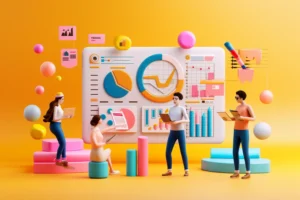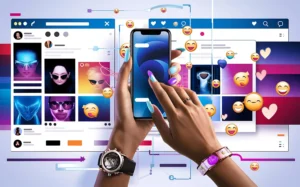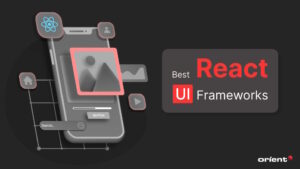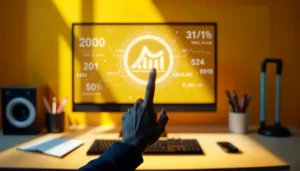1. AI-Powered Personalization
Increased personalization leads to better user engagement and higher conversion rates, making visitors feel connected to your brand.
Why it matters :
2. Augmented Reality (AR) Integration

Immersive AR experiences allow users to visualize products or services, leading to informed decision-making and an overall enhanced user experience.
Why it matters :
3. Minimalist, Content-First Design
A content-first approach ensures that users get the information they need quickly without unnecessary distractions, improving usability and satisfaction.
Why it matters :
4. Voice User Interface (VUI)

With smart devices becoming more common, voice-driven navigation can enhance accessibility, catering to a wide range of users, including those with disabilities.
Why it matters :
5. Dark Mode 2.0

Dark mode reduces eye strain, saves battery life, and makes your site look sleek and modern, especially in low-light conditions.
Why it matters :
6. Micro-Interactions for Enhanced Engagement
They guide users subtly through the website, enhancing navigation while making the entire experience more dynamic and user-friendly.
Why it matters :
6. Micro-Interactions for Enhanced Engagement
As environmental awareness grows, so will the demand for sustainability-centered design. Websites that are energy-efficient (with low carbon footprints) and use green hosting solutions will become more appealing to eco-conscious consumers.
They guide users subtly through the website, enhancing navigation while making the entire experience more dynamic and user-friendly.
Why it matters :
7. 3D Elements & Immersive Design
Websites will increasingly incorporate 3D elements, including interactive objects, immersive environments, and life-like visual effects. These elements create a more engaging and interactive experience for users without compromising site speed.
3D elements make the website experience richer and more captivating, particularly in industries like fashion, architecture, and gaming
Why it matters :
8. Sustainability-Centered Design
As environmental awareness grows, so will the demand for sustainability-centered design. Websites that are energy-efficient (with low carbon footprints) and use green hosting solutions will become more appealing to eco-conscious consumers.
A sustainability-focused design not only reduces environmental impact but also resonates with consumers who are passionate about eco-friendly practices.
Why it matters :
9. No-Code/Low-Code Website Builders
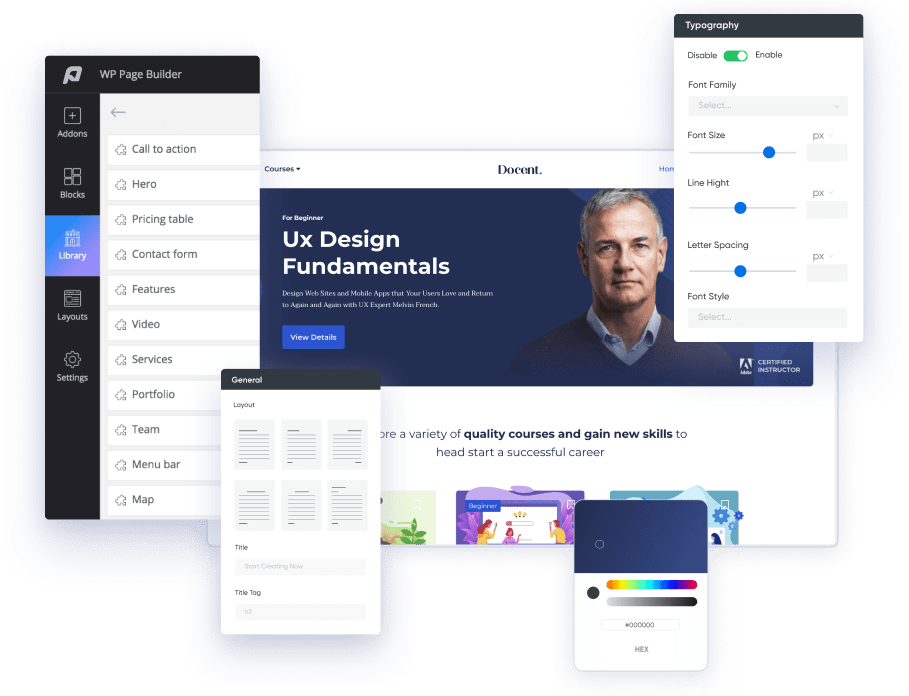
By 2025, website creation will be more accessible than ever, thanks to the rise of no-code and low-code platforms. These tools allow businesses and individuals to build professional-grade websites without deep technical expertise.
This trend democratizes web design, making it possible for more people to build and launch their own sites without needing to hire a developer, drastically reducing costs.
Why it matters :
10. Advanced Data Visualization
Websites will grow beyond conventional charts and graphs by 2025. Expect more advanced data visualization tools that will enable consumers to engage with and examine data in real time. This is especially true in industries like banking, education, and healthcare.
Interactive data visualization enhances user engagement and helps visitors understand complex information quickly and intuitively.
Why it matters :
Final Thoughts
As website design continues to evolve, these trends will redefine the user experience and how businesses engage with their audiences online. From AI-driven personalization to immersive 3D design, 2025 promises a more intuitive, user-centered web. Staying ahead of these trends will ensure your website not only looks modern but also delivers a seamless, engaging experience.





